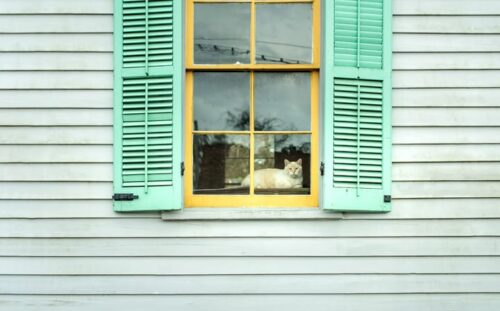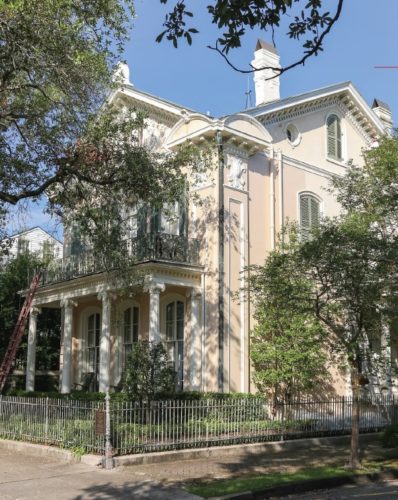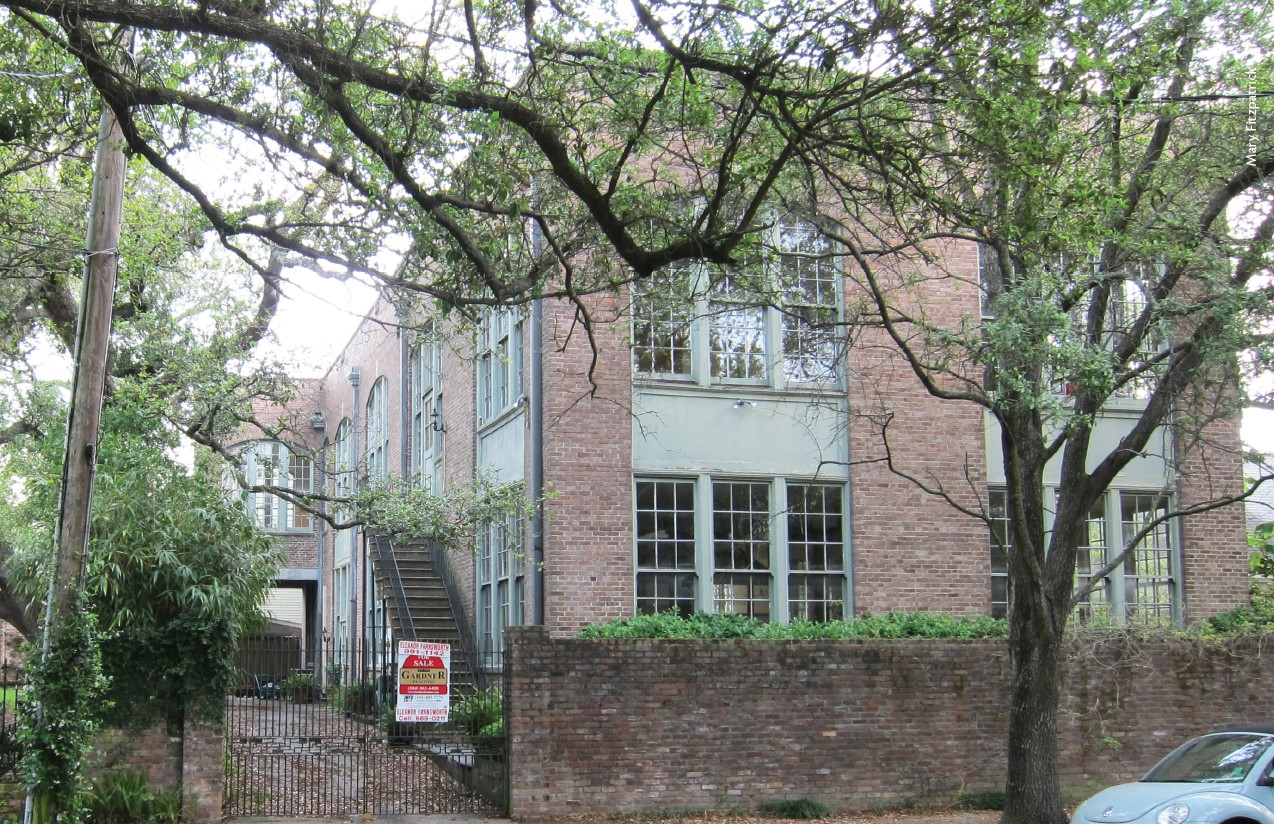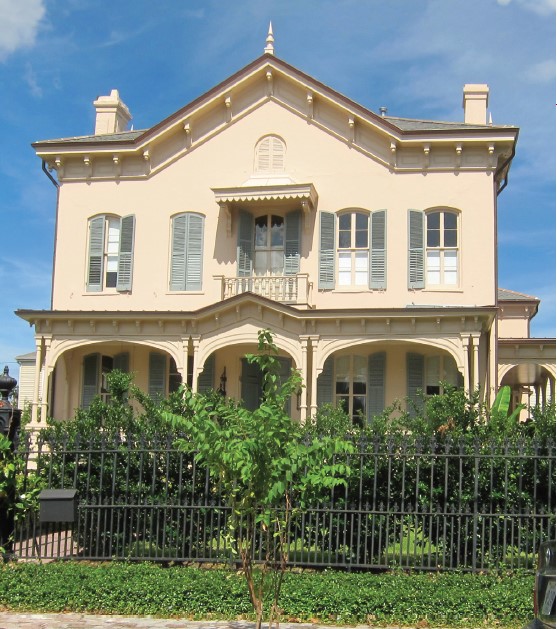This story is from the archives of PRC’s Preservation in Print magazine. Interested in getting more preservation stories like this delivered to your door monthly? Become a member of the PRC for a subscription!
What more could a Mardi Gras-loving family want than a house on the parade route? Well, a beautifully renovated, historic house on the parade route. That’s exactly how Jennifer and Doug Walner felt when they packed up their bags in Los Angeles and headed back to Jennifer’s hometown of New Orleans and to 2701 St. Charles Ave.
Known as the Alfred Grima House, the home was originally built in 1857 by Cornelius Bicknell Payne, a steamboat agent and real estate speculator. It was constructed in the Italianate style on several lots that Payne had acquired over the years, and although the architect is not actually known, it is rumored to be the notable Henry Howard. (The actual address until just a few years ago was 1604 Fourth St. as the house’s front door was oriented onto the side street.) After 10 years, the home was sold to Mr. Thomas L. Clarke, who lived there until 1890 when Alfred Grima, Sr. bought the home for his family. At this point, the Grimas commissioned architect Paul Andry and builder John McNally to facilitate extensive renovations, adding much of the Renaissance Revival style you see today. Alfred Grima, Sr. died in 1891 before the renovations were complete, leaving the property to his wife, Emma, and their three children, Emma, Walter, and Alfred, Jr. The family split their time between this city home and Madewood, their Assumption Parish plantation, which was unquestionably designed by Henry Howard.
Photos by Sara Essex Bradley
Eventually young Emma married Mr. Bradish Johnson and moved to New York. Georgetown-educated Walter died in a 1907 snipe hunting accident in the Rigolets, and Alfred, also a Georgetown-educated attorney, was wounded at the Meuse-Argonne offensive in World War I. Obviously a man who loved his family house, even after his mother sold the house in 1923 and the property went through multiple successions in the 1920s and 1930s, Alfred repurchased it on August 26, 1943. Perhaps it was the fate of the Alfreds because, like his father, Alfred died just two years after moving in, leaving it to his widow, Clarisse Claiborne Grima, who later married W. J. Warlock, who in turn purchased and resold the home back to her. Clarisse bequeathed the Grima family home to The Kemper and Leila Williams Foundation in 1975. The foundation later sold it to Ella Montgomery and Walter Flower, III, and the property transferred through three other families before the Walners bought it in 2010.
Jennifer and Doug have been able to add their own touches since buying the home in 2010. Using much of their furniture from their house in Los Angeles, Jennifer says that they’re constantly rearranging, but it’s worked itself out. The living room features a chandelier from Kevin Stone Antiques, and the sunroom holds the Walner’s frequently used billiards table. The mural wallpaper in the entry hall was left by previous owner and antiques dealer, Jon Vaccari, and they love it, so it’s there to stay. Though it can’t be seen, behind the credenza in the dining room there is a secret door, locked and unable to be opened. “It’s probably more fun to speculate what could be in there than to actually find out,” Jennifer said. The back of the home reveals the family’s casual side — a farm table in the mostly marble kitchen and nearly an entire room full of Congo Square posters that the couple has collected at their many trips to Jazz Fest over the years. From here you enter the garden. Former owners Ann and David Williams created the large family room to link the main house to the adjacent carriage house while concurrently opening the living space to the garden, which was extensively researched by Ann to ensure its historic integrity and landscaped by Rene Fransen. The Williams family also added the lattice-lined driveway onto St. Charles. This is definitely one of the more perfect spots to catch a Mardi Gras parade, and in fact, for many years the Queen of Comus and her court would view the Rex parade from the porch of the Alfred Grima House.
By Katye Rhett with house history by Ann G. Conger.










